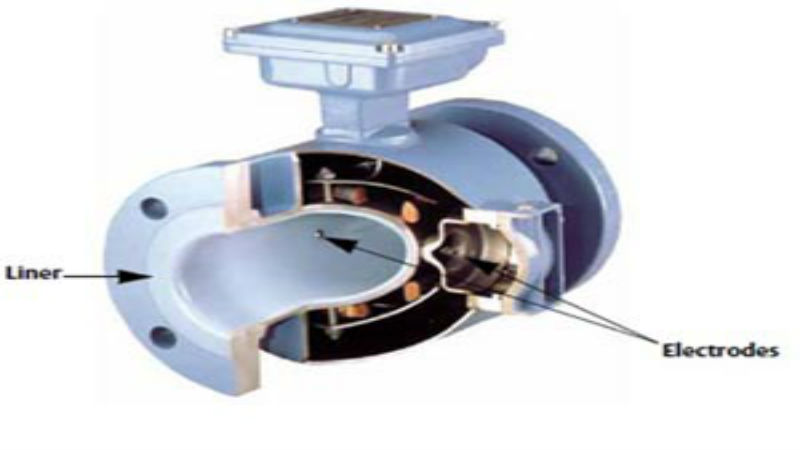In many types of systems and applications, there is a need to measure the flow rate of either a gas or a liquid. These are two ways to take this measurement including direct measurement or some form of indirect measurement.
By using a thermal mass flow meter, the most precise and accurate direct measurement is possible. With the use of this type of meter, changes in the process conditions and the ambient temperature or environment can be used to provide accurate readings. This is particularly relevant when there is a low gas flow rate. These meters continue to be highly accurate at rates that are lower than other meters can detect and monitor.
There are different options and designs between different thermal mass flow meter models and options. Some are designed for high pressure or high-temperature applications, which will be critical to consider when making a selection.
How They Work
In most applications, the thermal mass flow meter works by adding a specific amount of heat to the gas or liquid flowing through the system at a particular point. The change in temperature is then measured at another set point, allowing for determination of the flow.
There is also the option in these meters to have a probe at a set, constant temperature in the flow of the media. The amount of energy that is required to maintain the probe at that constant temperature is then measured and used to calculate the flow rate. In some cases, the heater component of the system will be inside of the flow while in other cases it will be external to the system.
Different applications will be better suited to a variety of different designs and options for the meters. Understanding the specifics of the system and the media will be critical in making the correct choice.







